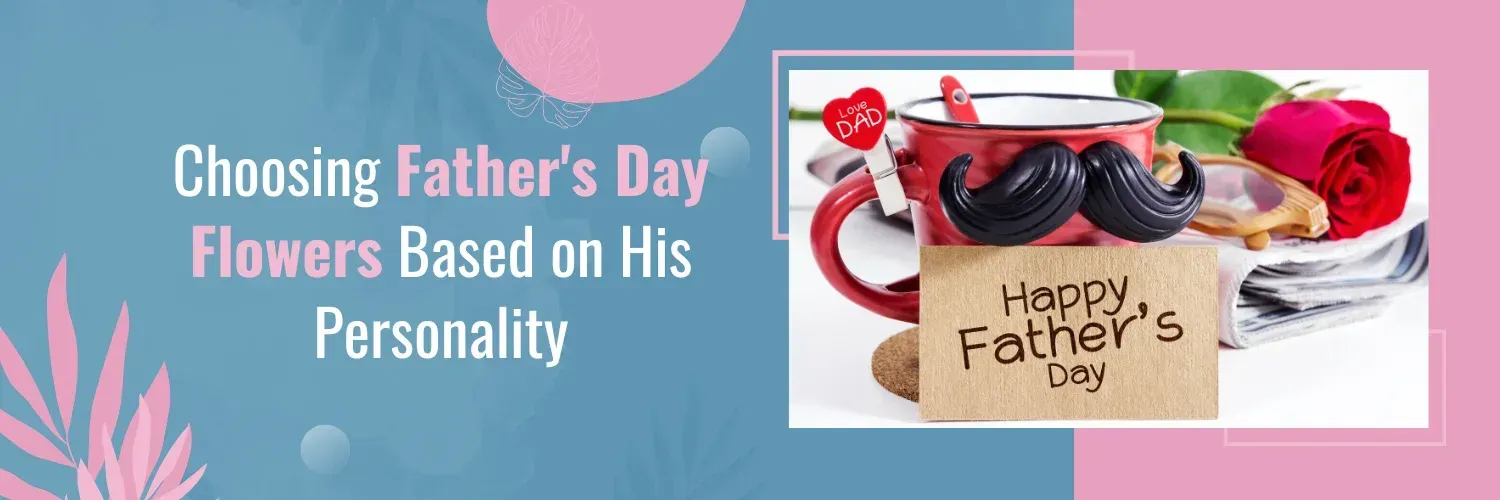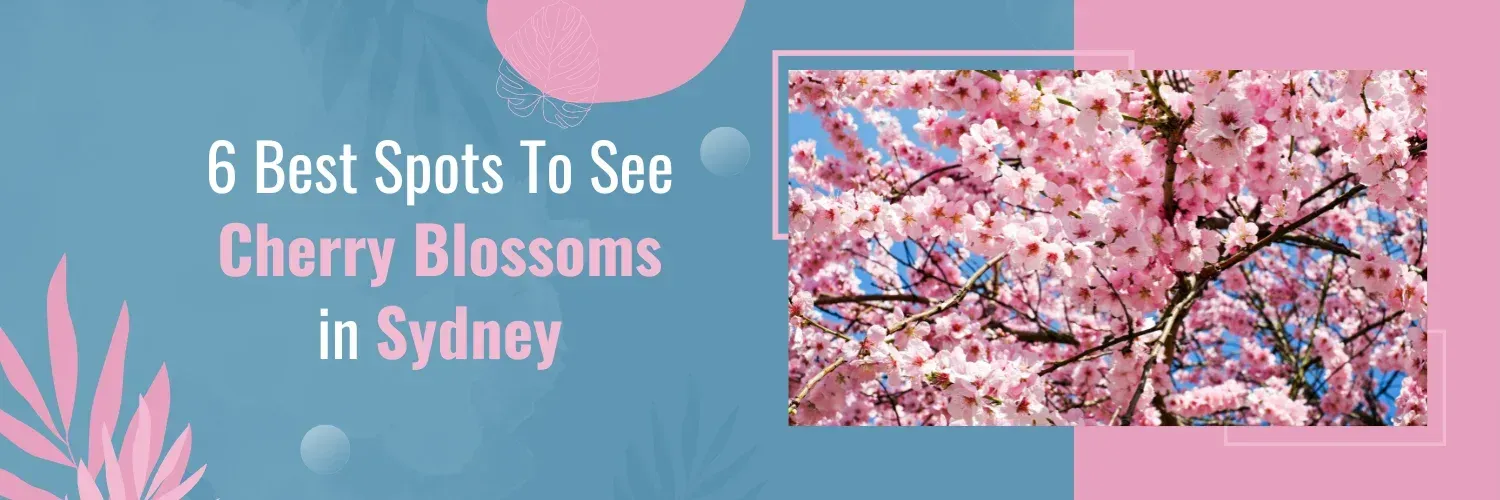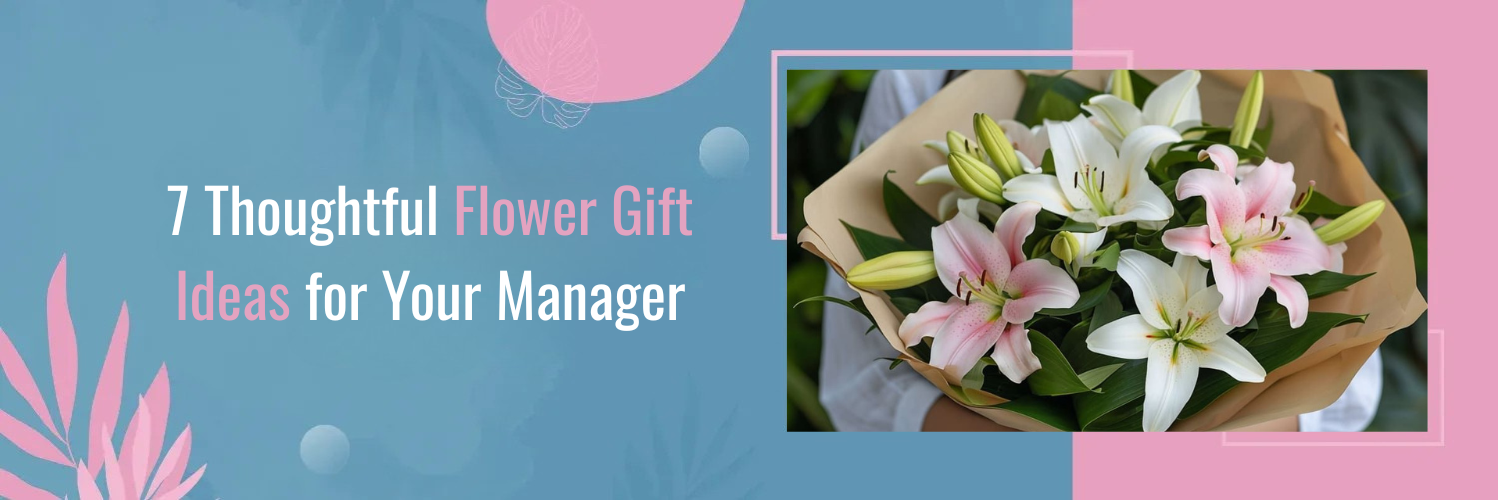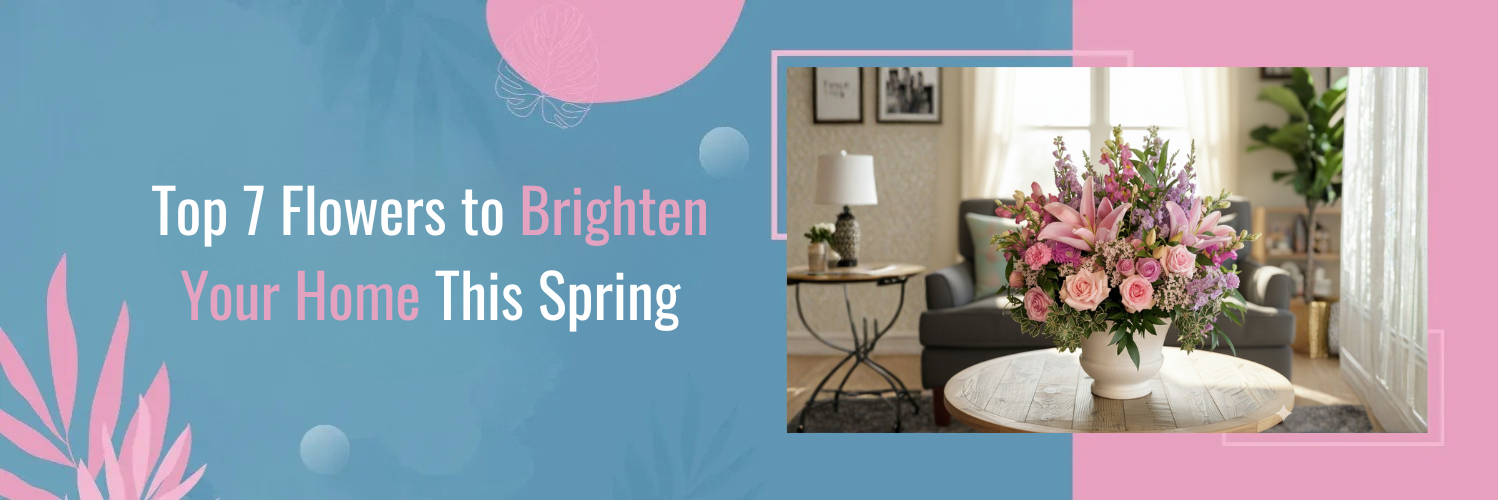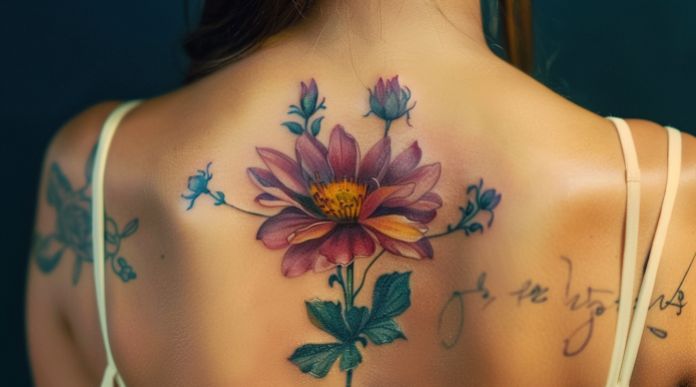June Birth Flowers: Rose and Honeysuckle
June Birth Flowers
Birth flowers have been a part of human history for centuries, and their significance varies across cultures. These blooms are not just aesthetically pleasing; they also carry deep meanings and convey messages that resonate with the human spirit. As we explore the captivating world of June birth flowers, we’ll uncover the historical and cultural significance behind these floral choices. June, in particular, stands out because it boasts not one but two remarkable birth flowers: the timeless Rose and the fragrant Honeysuckle.
June is a month filled with warmth, joy, and celebrations, and what better way to embrace its beauty than by diving into the world of birth flowers? Birth flowers are a delightful tradition that associates specific flowers with each month, symbolizing the unique qualities and characteristics of individuals born during that time. In this article, we’ll take a closer look at June’s enchanting birth flowers: the Rose and the Honeysuckle.
The Rose: June’s Primary Birth Flower
History and Symbolism
The history of the Rose as June’s primary birth flower is a tale woven throughout the annals of human civilization. Its roots can be traced back to ancient Greece, where it was closely associated with Aphrodite, the goddess of love and beauty. Legend has it that the rose emerged from her tears and the blood of her lover, Adonis. This mythological connection laid the foundation for the rose’s enduring symbolism of love, passion, and beauty.
In Roman mythology, the rose was linked to Venus, the Roman counterpart of Aphrodite, further solidifying its connection to matters of the heart. It was during Roman times that the rose gained popularity as a gift exchanged during special occasions and celebrations, especially in matters of love and devotion.
Throughout the Middle Ages, the symbolism of the rose continued to flourish. The Christian Church adopted the red rose as a symbol of the Virgin Mary, representing purity and divine love. Roses were often used in religious art and architecture to convey messages of spiritual significance.
During the Renaissance, the rose took on a multifaceted role. It was a recurring motif in poetry, literature, and art, with writers and artists using it to symbolize both earthly and divine love. Shakespeare famously referred to roses in many of his sonnets and plays, cementing their place as a universal symbol of romance.
In the language of flowers, known as “floriography,” different colours and types of roses carry specific meanings. Red roses represented passionate love, while pink roses signified admiration and gratitude. White roses symbolized purity and innocence, and yellow roses conveyed friendship and joy. This intricate symbolism allowed people to convey their emotions and sentiments through the simple act of gifting roses.
Today, the rose remains an enduring symbol of love and beauty. It continues to be a popular choice for various occasions, from weddings to anniversaries. Its fragrant blooms and exquisite appearance make it a timeless and cherished gift, embodying the rich history and symbolism that has been associated with it for centuries.
Varieties of Roses
June, the month of birth flowers, graces us with a dazzling assortment of rose varieties, each possessing its unique allure. These roses allow us to express a wide range of sentiments and emotions through their colours, fragrances, and characteristics.
1. Red Roses: The classic choice for conveying deep love and passion, red roses are synonymous with romance. They are often exchanged between couples to express heartfelt emotions and commitment. The rich, velvety petals of red roses exude an irresistible charm.
2. Pink Roses: Delicate and graceful, pink roses symbolize admiration and appreciation. They are a perfect choice to convey gratitude, say “thank you,” or express admiration for someone’s beauty or personality. Light pink shades represent sweetness and thoughtfulness, while deeper pinks signify gratitude and grace.
3. White Roses: White roses embody purity and innocence. They are often used in weddings to symbolize the pure love between partners. White roses can also convey sympathy and reverence, making them a fitting choice for funerals and remembrance ceremonies.
4. Yellow Roses: The cheerful yellow rose represents friendship and joy. Gifting yellow roses is a warm way to celebrate the bond of friendship and convey happiness. They are also an excellent choice for brightening someone’s day or sending get-well wishes.
5. Orange Roses: Vibrant and energetic, orange roses symbolize enthusiasm and desire. They are a wonderful choice to express admiration and attraction. Orange roses can also be used to celebrate achievements and accomplishments.
6. Lavender Roses: Lavender roses have a unique charm, symbolizing enchantment and love at first sight. They are a lovely choice for new relationships and budding romances, capturing the feeling of falling in love.
7. Peach Roses: Peach roses combine the warmth of orange and the purity of white, symbolizing gratitude and appreciation for someone’s modesty and sincerity. They are often chosen to express thanks or admiration.
8. Bi-color Roses: These roses feature two or more colours on a single bloom, creating a striking and attention-grabbing effect. They are versatile and can symbolize a range of emotions depending on the colour combinations.
9. Wild Roses: With their natural and unpretentious beauty, wild roses represent simplicity and freedom. They are a wonderful choice for those who appreciate the untamed beauty of nature.
Care and Gifting
Caring for a bouquet of roses is indeed a labour of love, but it’s a rewarding one when you see their beauty endure. Here are some practical tips to ensure your rose bouquet remains fresh and vibrant:
- Trimming Stems: Upon receiving your roses, trim the stems at an angle. This helps the flowers absorb water more effectively.
- Water Change: Change the water in the vase every 2-3 days to prevent bacterial growth. Add flower food to nourish the roses.
- Temperature: Keep the roses in a cool room away from direct sunlight and drafts. Ideal temperatures are around 65-72°F (18-22°C).
- Remove Foliage: Remove any leaves that might be submerged in water to prevent decay.
- Avoid Crowding: Ensure that the roses are not overcrowded in the vase, allowing them space to breathe.
When it comes to gifting roses as birthday presents, consider the recipient’s preferences and the message you want to convey:
- Red Roses: Perfect for romantic partners to express deep love and affection.
- Pink Roses: Ideal for friends, family, or someone you admire.
- Yellow Roses: A cheerful choice for friends and loved ones to convey happiness.
- White Roses: A symbol of purity, making them a thoughtful choice for various occasions.
- Mixed Bouquets: Combine different rose colours to create a personalized message or convey multiple sentiments.
The art of gifting roses transcends the physical beauty of the flowers; it’s a language that speaks of emotions, appreciation, and the beauty of connections between individuals. Whether you’re celebrating a birthday or any other special occasion, roses have a way of making the moment unforgettable.
The Honeysuckle: June’s Secondary Birth Flower
History and Symbolism
While the Rose takes centre stage in June, the Honeysuckle quietly but steadfastly holds its place as the secondary birth flower, deserving every bit of admiration. This charming flower has deep historical roots in various ancient cultures and carries profound symbolism.
Honeysuckles have been cherished for their sweet fragrance and vibrant colours for centuries. In Greek mythology, they were associated with happiness and devoted love. Their delicate, intertwining vines were believed to symbolize the bonds of marriage and the unity of lovers. The name “honeysuckle” itself derives from the idea that the flowers exude sweet nectar, attracting bees and hummingbirds.
In Chinese culture, honeysuckles have been used in traditional medicine for their believed healing properties, representing health and vitality. The symbolism of the honeysuckle as a symbol of devotion and happiness transcends borders and time, making it a truly universal flower of joy and love.
Varieties of Honeysuckles
June graces us with a diverse array of honeysuckle species, each with its distinctive characteristics and allure. These honeysuckles burst into bloom in a symphony of colours, fragrances, and shapes, inviting us to explore their unique charm.
1. Japanese Honeysuckle (Lonicera japonica): With its trumpet-shaped, white or yellow blossoms, the Japanese honeysuckle is a popular variety known for its sweet fragrance. It is often used in perfumes and teas and is celebrated for its beauty.
2. Woodbine Honeysuckle (Lonicera periclymenum): This native European honeysuckle boasts delicate, tubular flowers that transition from white to pink or red. Its elegant appearance and sweet scent make it a favourite for gardens and floral arrangements.
3. Coral Honeysuckle (Lonicera sempervirens): Native to North America, the coral honeysuckle features vibrant red or orange tubular flowers. It attracts hummingbirds and butterflies, making it a beloved choice for wildlife-friendly gardens.
4. Trumpet Honeysuckle (Lonicera x brownii): True to its name, this variety showcases trumpet-shaped, deep-red flowers. Its compact growth habit makes it suitable for trellises and containers.
5. Goldflame Honeysuckle (Lonicera heckrottii ‘Goldflame’): Known for its striking foliage and fragrant, tubular flowers that transition from orange to pink and yellow, the Goldflame honeysuckle adds a touch of elegance to gardens.
6. Dropmore Scarlet Honeysuckle (Lonicera x brownii ‘Dropmore Scarlet’): This variety boasts brilliant red blooms that attract hummingbirds and other pollinators. Its profuse flowering and cascading growth make it a showstopper in landscapes.
Gardening and Growing Honeysuckles
For those captivated by the charm of honeysuckles and eager to incorporate their beauty into their gardens, here are valuable insights on how to grow and care for these enchanting plants:
- Selecting the Right Location: Honeysuckles thrive in full sun to partial shade, so choose a location that receives adequate sunlight during the day.
- Soil Preparation: Ensure well-draining soil enriched with organic matter. Honeysuckles prefer slightly acidic to neutral soil pH levels.
- Planting: Plant honeysuckle vines in the early spring or late fall, providing them with adequate space to climb and spread.
- Watering: Keep the soil consistently moist but not waterlogged. Regular watering during dry spells is essential for healthy growth.
- Support and Pruning: Provide support structures like trellises or arbours for climbing varieties. Prune honeysuckles to shape and control their growth.
- Pest and Disease Management: Keep an eye out for pests like aphids and mildew. Address any issues promptly to maintain plant health.
Cultivating honeysuckles in your garden or containers not only adds visual and olfactory delight but also attracts beneficial pollinators like bees and hummingbirds. These charming flowers , with their rich history and enduring symbolism, continue to be cherished symbols of devotion and happiness, making them a timeless addition to any garden landscape.
Celebrating June Birthdays with Roses and Honeysuckles
When celebrating June birthdays, the enchanting combination of roses and honeysuckles can elevate your floral arrangements to new heights. These stunning blooms, each with its unique charm, offer a multitude of creative possibilities to make your celebrations truly memorable.
1. Classic Elegance: Create a timeless bouquet by pairing red roses with white or cream-coloured honeysuckles. This classic combination exudes sophistication and romance, perfect for a formal birthday dinner.
2. Vibrant Harmony: For a burst of colour, blend pink roses with coral honeysuckles. This lively arrangement symbolizes joy and celebration, making it ideal for a cheerful birthday gathering.
3. Rustic Charm: Embrace the rustic aesthetic by using woodbine honeysuckle with its delicate, tubular flowers alongside lavender or mauve roses. Add some greenery and twine for a charming country-style bouquet.
4. Garden Delight: Mimic the beauty of a blooming garden by mixing various rose and honeysuckle varieties. This eclectic arrangement embodies the diverse qualities of June birth flowers and can be an exquisite centrepiece for a garden-themed birthday party.
5. Monochromatic Sophistication: For an elegant and minimalist look, opt for a monochromatic arrangement. A bouquet of all-white roses and white honeysuckles offers a sense of purity and refinement.
6. Cascading Beauty: Create a cascading arrangement with trumpet honeysuckle vines intertwined with trailing roses. This style is perfect for outdoor celebrations, where the arrangement can complement natural surroundings.
Remember to include some green foliage and fillers to add depth and texture to your floral arrangements. Varying heights and shapes of blooms can also create visual interest. Whether you’re surprising a loved one with a birthday bouquet or adorning a birthday party venue, the combination of roses and honeysuckles offers endless possibilities to express your creativity and convey your best wishes.
DIY Crafts
If you have a passion for crafting and want to add a personal touch to birthday decorations, roses and honeysuckles can be your artistic allies. Here are some creative DIY craft projects that incorporate these beautiful flowers:
1. Floral Wreaths: Design and assemble your floral wreath using roses and honeysuckles. A wreath made of delicate honeysuckle vines and a few accent roses can add a touch of natural beauty to the birthday party’s entrance.
2. Table Centerpieces: Create charming table centrepieces by arranging roses and honeysuckles in vintage vases or mason jars. Add candles or fairy lights for a warm and inviting atmosphere.
3. Floral Crowns: Craft whimsical floral crowns using honeysuckle vines and small roses. These crowns can be worn by the birthday celebrant or given as party favours to guests.
4. Floral Wall Art: Press and dry roses and honeysuckles to create stunning botanical wall art. Frame them in shadow boxes or simply arrange them in a visually pleasing pattern.
5. Honeysuckle Candles: Make homemade candles infused with the sweet scent of honeysuckles. These can serve as both decor and party favours.
6. Place Cards: Incorporate small rose and honeysuckle sprigs into place cards or name tags for a personalized touch at the birthday dinner table.
To ensure your craft endeavours are a success, we’ll provide step-by-step instructions and a list of materials needed. These DIY projects not only enhance the aesthetics of the birthday celebration but also infuse it with the charm and fragrance of June’s birth flowers. Your handmade creations will undoubtedly be cherished by the birthday celebrant and guests alike, adding a unique and heartfelt dimension to the festivities.
Conclusion
In conclusion, June’s birth flowers, the Rose and the Honeysuckle, beckon us into a world of timeless beauty and profound symbolism. These flowers are not just gifts; they are tokens of love, admiration, and devotion. As we’ve delved into their history, explored their various varieties, and learned how to care for them, it’s clear that these blooms have the power to make any celebration more meaningful and memorable.
To make your June celebrations truly exceptional, consider ordering a bouquet of June’s birth flowers from Bourke’s Florist. Let the magic of roses and honeysuckles brighten someone’s day or add a touch of elegance to your special occasion. Click below to explore our exquisite selection and have these enchanting blooms delivered right to your doorstep. Embrace the beauty of June with Bourke’s Florist.
FAQs (Frequently Asked Questions)
Q: What do June’s birth flowers symbolize?
Roses symbolize love, beauty, and passion, while honeysuckles represent devotion and happiness.
Q: Why are there two birth flowers for June?
June has two birth flowers, the Rose and the Honeysuckle, to provide more options for celebrating June’s birthdays.
Q: Can I plant honeysuckles and roses together in my garden?
Yes, you can plant honeysuckles and roses together. They complement each other beautifully, creating a harmonious garden setting.
Q: What’s the best way to preserve a rose bouquet?
To preserve a rose bouquet, trim the stems at an angle, change the water regularly, and keep them in a cool, well-ventilated area.
Q: Are there any specific rose varieties associated with June birthdays?
While all roses can be used for June birthdays, red, pink, white, and yellow roses are often chosen for their respective meanings.
